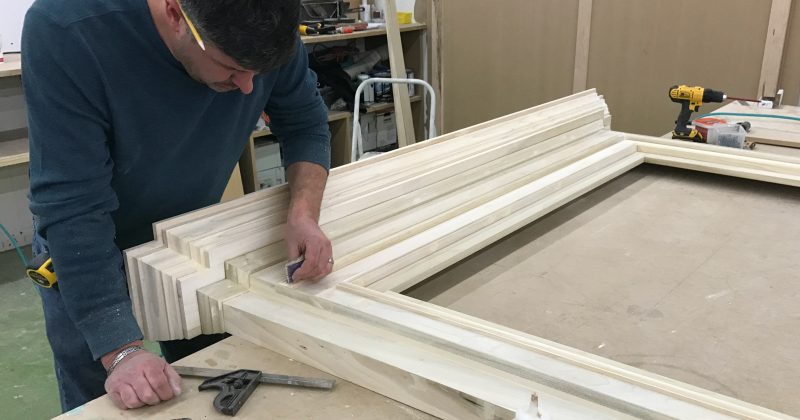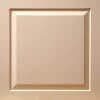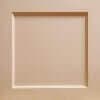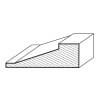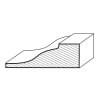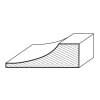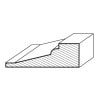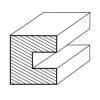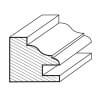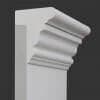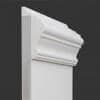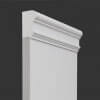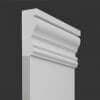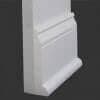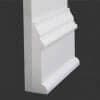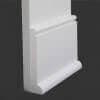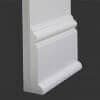The modern house is in some ways a testament to all the progress we’ve made in adorning our space since we lived in caves. Some of these elements have changed dramatically since their inception, such as the washroom. While others like raised panel wainscoting designs are remarkably similar to those that were used at the time of their invention.
Unlike many other elements like large fireplaces and ornate chandeliers, wainscoting has the ability to make a room look more contemporary or traditional, depending on the furnishings. We’ve seen an uptick in recent years for wainscoting, as it adds a layer of texture which has become popular in both modular and minimalist styles. As a provider of raised panel wainscoting, we have compiled some useful tips for when it comes to matching your furniture to your wainscoting, or the other way around.
Matching Wainscoting Designs to Furniture
If you already have the exact furniture you want in your home but are considering adding wainscoting to one or more rooms, then this is for you. The addition of wainscoting to rooms serves two distinct purposes:
-To provide a layer of insulation and stop the dampness in your walls
-To protect the walls from any damage that may be caused by furniture
Both of these purposes are moot nowadays, as we utilize purpose-built insulation in our walls and modern furniture isn’t as heavy or cornered as it used to be. When it comes to matching wainscoting to furniture, there are a few things to consider:
– The height of the wainscoting should either compliment or contrast your furniture
– The style of your furniture should dictate the style of your wainscoting
The Height of your Wainscoting and Furniture
In some ways, wainscoting splits a room in half with the horizontal line marked by the cap. This can be a powerful way to change the space in a room, and can give height to your walls and furniture.
If your furniture is relatively tall, like many traditional pieces, then you will want to compliment it with wainscoting that rises a bit higher than usual. Whereas if your furniture is of an average or less than average height, you can choose whether to contrast it with tall wainscoting or compliment it with a standard height.
The Style of your Furniture
If you’ve ever looked into interior design, you’ll know that there are countless styles of furniture which can be talked about. To save time we will look at two groups: contemporary and traditional. Contemporary furniture tends to be more simple, and will suit either a simple style like raised panel wainscoting or even something geometric. Traditionally-styled furniture is often more ornate and complex, and can benefit from the use of busier styles like beadboard.
Matching Furniture to Wainscoting Designs
It’s fair to say that if you’re matching your furniture to pre-established wainscoting, you will have a bit more freedom in your decisions. The aforementioned considerations of the height and style of your wainscoting will still apply, although there are also a couple of other important factors.
Those who have done any degree of interior design work will know that color is of the utmost importance when furnishing a house. Not only this, but also the texture of a space should be considered when designing its interior.
The Color of the Wainscoting and/or Walls
Again a clear distinction between contemporary and traditional styles can be made by considering their fundamentals. Contemporary styles often utilize bolder colors, heavy contrast, or even entire color pallets when giving color to a space. Whereas traditional styles generally used more muted and natural colors, with a lot more emphasis on gradients.
As wainscoting splits, the space, the color of both the wall and wainscoting should match the desired style, i.e. contemporary style begs contrast and traditional begs complimentary colors.
The Texture of a Space
The texture of a room is something which has been revered and mishandled countless times since the industrial revolution, with retro futuristic styles going overboard. Nowadays we have a more refined understanding of the texture of a space, and can see how it’s determined by the:
– Walls and wallpaper
– Ceiling and any decorative features present
– Flooring from carpet to hardwood
When we look at wainscoting we can see textures there too, with raised panel wainscoting, it offers panels of soft flat areas, whereas beadboard is much busier. In rooms with several pre-existing textures you may prefer the look of a contrasting simple wainscoting, whereas rooms devoid of texture may want busy beadboards to liven them up.
Raised Panel Wainscoting Designs With The Professionals
We hope you gathered some much-needed insight from these solutions. Wainscot Solutions is committed to offering our clients innovative design solutions with our raised panel wainscoting services. To get started, contact us today and feel free to look at our order/pricing page.
